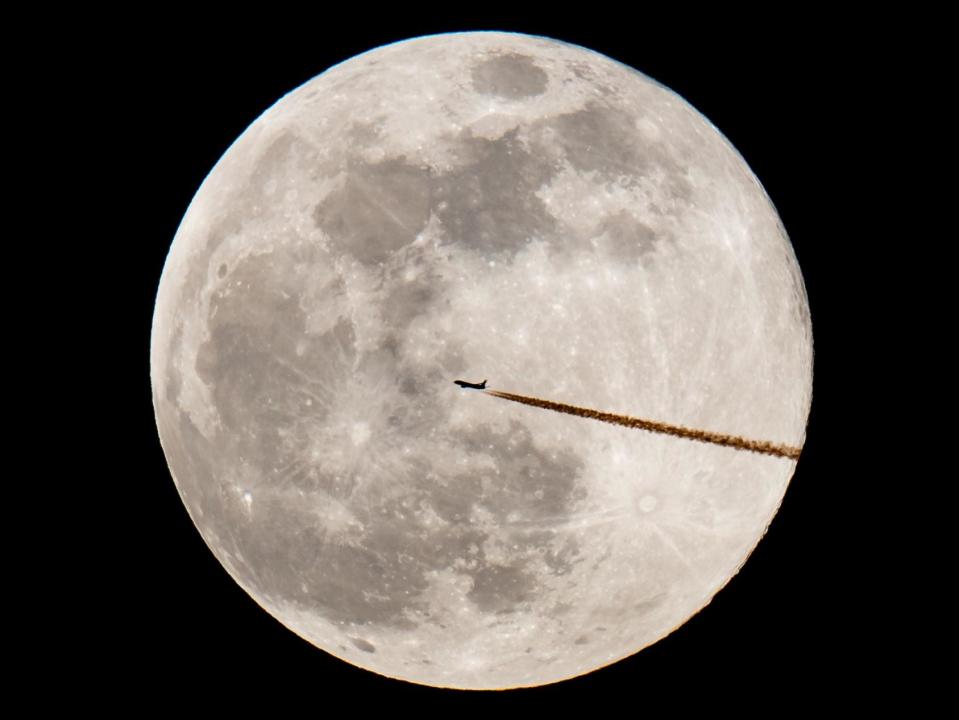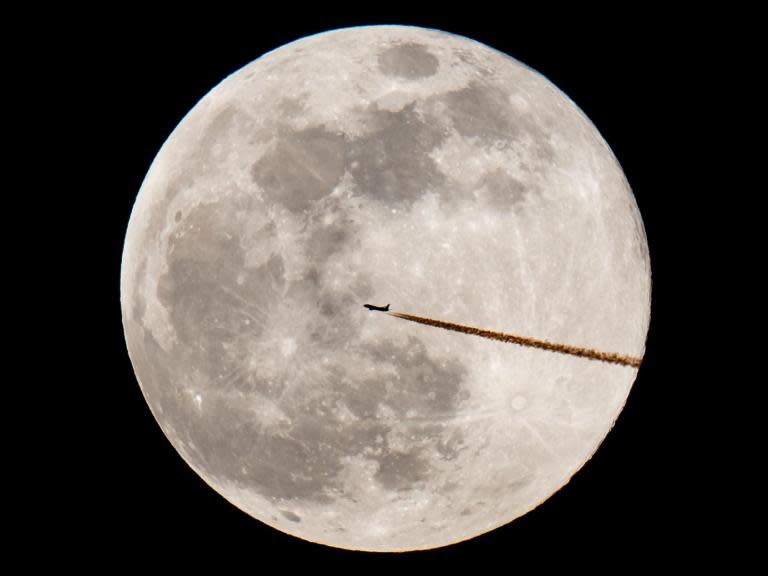Supermoon 2019: What is the March Worm Moon and when is it?
A supermoon is set to stage a nocturnal spectacular this week in what will be the third and final occurrence of the phenomenon in 2019.
On Wednesday and Thursday, the full moon will be closer to Earth, and so brighter than it usually appears.
However, this supermoon will be extra special.
Its arrival coincides with the spring equinox – the exact date the Earth’s equator is closest to the Sun.
It is the first time these two events have occurred on the same day in more than three decades and means this month’s supermoon is also being called the Worm Moon.
This is after the Native American observation that worms begin to appear at the start of spring as the ground begins to thaw.
The supermoon will also take place at around the same time an asteroid is to pass close to the Earth.
Asteroid 2019EA2 is 24m in diameter and will pass by Earth around 306,000km away, according to Nasa.
This may seem like a long way away, but is actually closer than the moon is to Earth.
The asteroid will pass by either on 21 March or 22 March, depending upon the observer’s location on the ground.

The exact time of the supermoon is 01.43 GMT, though the moon will also appear bigger than normal from Tuesday until Thursday.
An effect known as the “moon illusion” means it will look larger when it is close to the horizon.
Though the reason for this optical illusion is still up for debate, one explanation is that its relative size to objects on the horizon make it appear bigger.
A supermoon helps add to this effect, as it is at a time when a full moon is actually bigger in the Earth’s sky than normal.
It takes place when the moon is at a “perigee”, meaning it is closest to the Earth on its egg-shaped orbit around our planet.
Depending on the orbit, a supermoon can appear up to 14 per cent bigger and 30 per cent brighter than when it is at its furthest – weather permitting.

 Yahoo News
Yahoo News 

